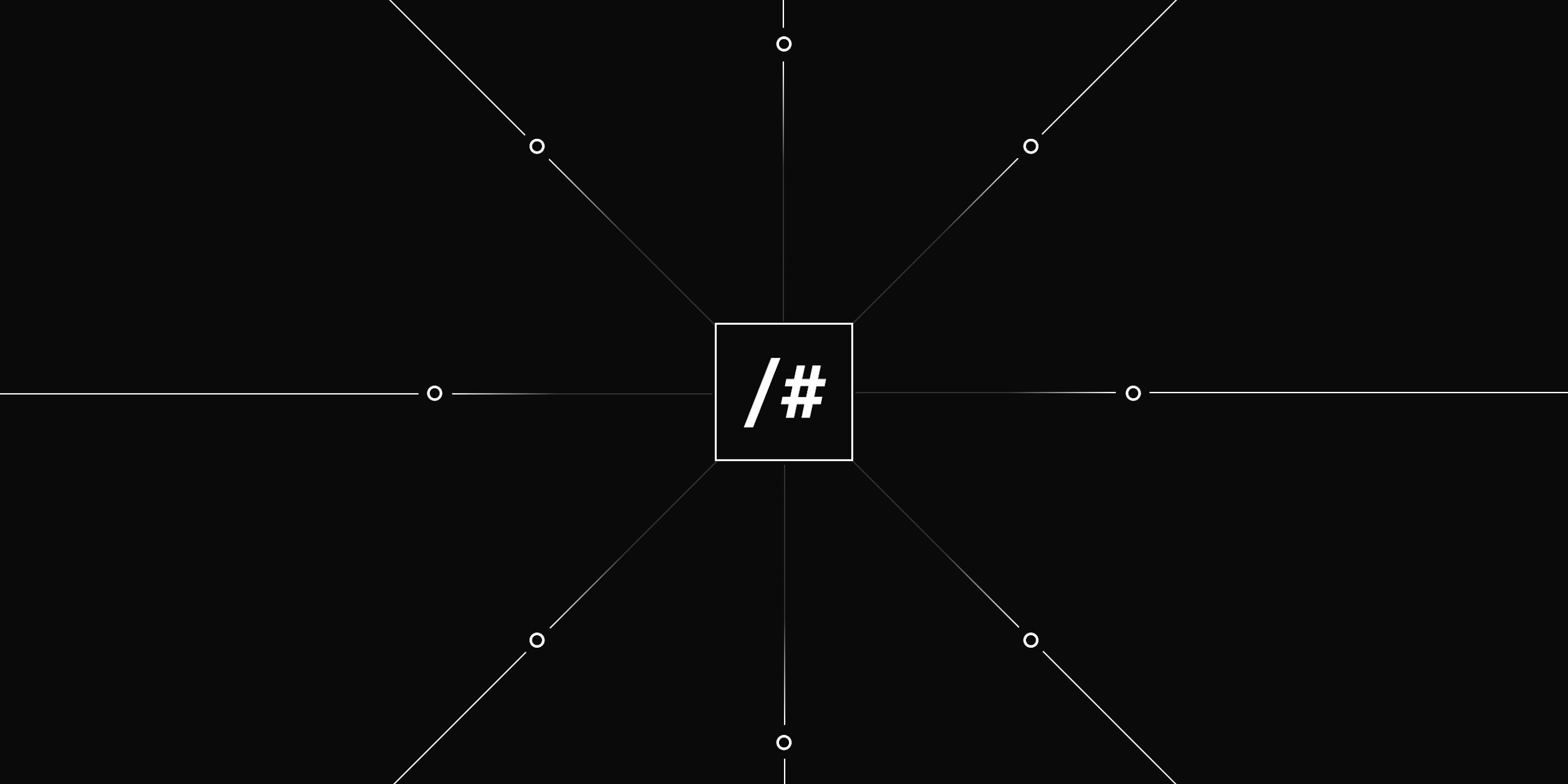As a software developer, I understand the importance of ownership in creating a successful product.
But ownership can be a complicated and nuanced concept, especially in a company where multiple individuals and teams work together towards a common goal.
The struggle for ownership and control over development environments between the individual developer and the organization is an ongoing battle. While empowering individual developers is crucial, we must find the right balance to avoid security risks and other issues.
This is where Daytona comes in, as a comprehensive Dev Environment Orchestration & Management platform that automates and standardizes workflows, enabling effective collaboration, secure communication, and efficient delivery of high-quality code.
An Ownership Approach That Works
From the top-down approach, the company owns the infrastructure it deploys, including the development environments that all employees use.
Employees are bound by contracts that stipulate that everything done through company-provided tooling is ownership of the company itself.
This means that everything committed and run inside these development environments is the ownership of the company and the responsibility of the security team to monitor for vulnerabilities and malicious code.
However, ownership becomes more nuanced at the team and individual developer levels. For instance, teams often have different tooling requirements depending on their role, affecting the customization allowed for their development environments.
Dev Containers, for example, developers can customize their environment to a specific project, enabling extensions and configurations specific to the team and project.
Minimizing Security Risks in Your Dev Environment
At the user level, the responsibility for customization falls to the individual developer. It is typically achieved through dotfiles (e.g., bash scripts, aliases), IDE customizations, and extensions specific to the individual's needs and preferences in their development environment.
However, such customizations could pose security risks, as dotfiles can execute any scripts within the environment.
To address these risks, restrictions on installation scripts, pulling images, and extensions could be implemented, but these restrictions mustn't impair developer velocity.
Internal development environments should be isolated and enclosed, allowing organizations to restrict access to sensitive data and guard against external malicious code.
Moreover, the responsibility for ensuring security should not fall solely on individual developers but the organization's security team, which can apply appropriate safeguards.
Balancing Developer Freedom and Security
The balance between developer freedom and security is a fine line that companies must navigate.
The goal is to allow developers to be as unrestricted as possible while ensuring they do not compromise security.
Ownership in development environments is a complex issue that requires careful consideration and attention, especially in today's world, where security threats are prevalent.
Therefore, companies need to establish clear ownership policies, ensure adherence to them, and empower their developers in a way that allows them the freedom to work whilst maintaining the safety and security of the company's intellectual property.
Finding the right balance between developer freedom and security is challenging but necessary for achieving successful outcomes.
Daytona helps software development teams navigate this balance by empowering developers while optimizing workflows and streamlining collaboration.
By providing a fully controlled development environment, automated and standardized, to ensure efficient and secure workflows, developers can achieve their goals more easily and effectively, ultimately leading to high-quality products delivered faster and with less effort.




